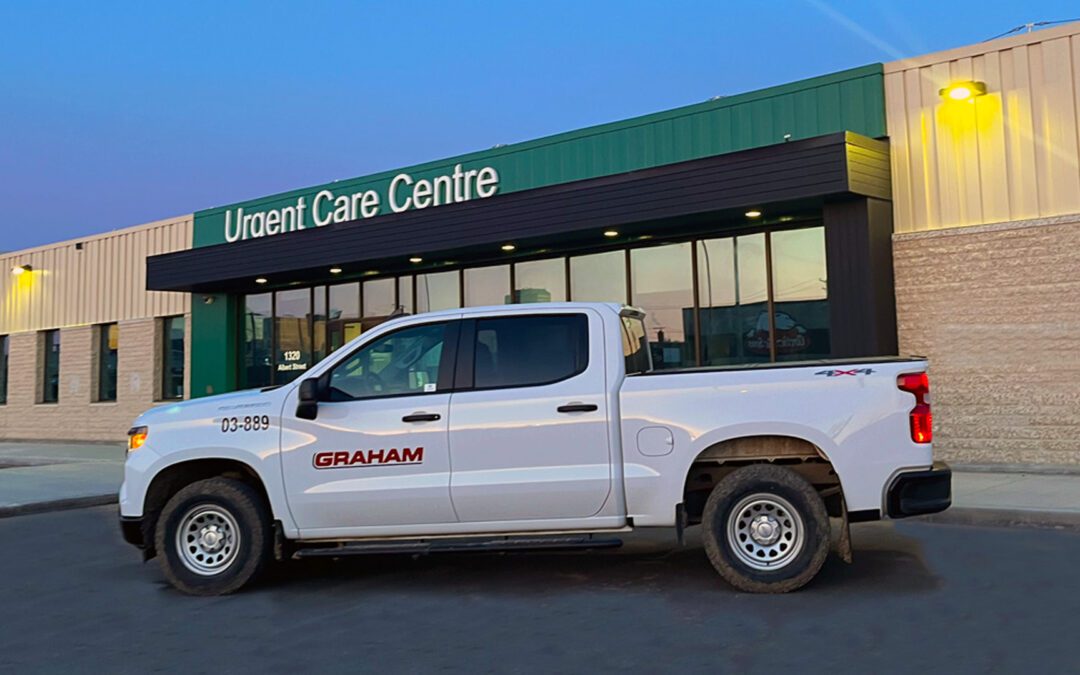Protecting our environment and working towards sustainability have become near-universal values, and the design and materials used in our “built environment” have made great strides. But what about the construction phase itself? A new facility might be designed to LEED Platinum or Gold certification, but is the environment being damaged during the time between groundbreaking and commissioning?
For Graham, protecting the environment throughout the construction lifecycle is a key priority – on the site and in everything we and our subcontractors do, purchase, utilize, install or dispose of. The environment is of great importance to us because we care about our natural world and the impact our actions of today will have on future generations. While environment is one of three pillars in our overall Sustainability program – social and governance make up the other two – it is also an important category of risk management. Graham retains and employs the experience, technical expertise, personnel, equipment, processes and above all the sincere commitment to achieve a high level of environmental protection from project award through to commissioning.
Prior to project award, the bidding team identifies potential environmental hazards. Upon award, the team prepares a project-specific environmental management plan, embedded into Graham’s Health, Safety & Environment Management System. In a design-build contract, environmental considerations are included in the design and cover the planned facility’s construction methods, materials, landscaping, etc. The project owner’s specific environmental rules or requirements are also incorporated.
All project personnel, crafts and subcontractors (including transportation subcontractors) are briefed on Graham’s plan and are strongly encouraged to work according to it. Subcontractors are also asked to prepare their own environmental risk assessment and management plan covering their scopes. And it should go without saying that all municipal, provincial/state and federal regulations are met.
Throughout every project, Graham acts responsibly to protect the site’s natural environment and mitigate the associated risks, using a mix of preventative and protective measures. This covers air emissions, waste management, erosion and sediment control on the ground and for any stream or waterbody, protection of materials and equipment from weather, dust, dirt and moisture, protection of trees and other vegetation, minimizing impact on wildlife (including restricted activity periods like nesting birds), and recognizing historical or heritage features.
The Graham approach provides a high level of environmental protection throughout the construction cycle. It manages the environmental risks faced by the company, the project owner and client, meets Graham’s internal commitments and advances overall sustainability. Perhaps the best part is that everyone on the team goes home after work knowing they are building something great and protecting our natural world.


